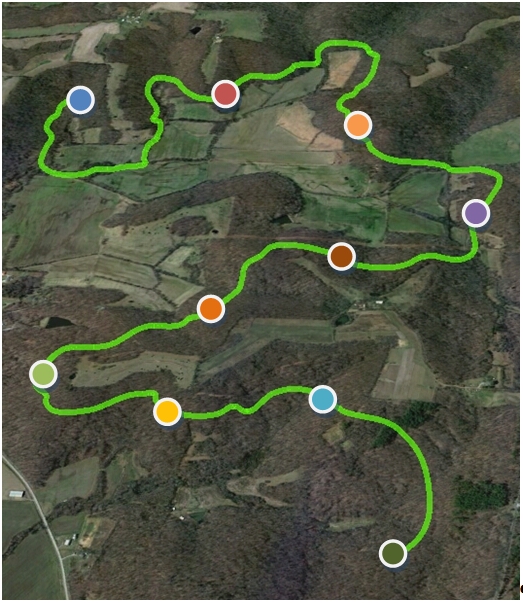Identify Targets of Connectivity Planning
STEP 3: IDENTIFY TARGETS OF CONNECTIVITY
Outcomes or Products
- List of species, ecological systems, landscape blocks, land facets, or other features to be addressed
Prerequisites
This step may take place as part of Step 1: characterizing the goals and scope of your connectivity assessment. In more complex assessments (e.g., multiple species), it may be helpful to complete the initial scoping before identifying the targets or features of interest.
Description
Identifying the species or landscape features of interest is a fundamental decision in assessing and planning for connectivity. If the species or other features weren’t clearly identified in the initial scoping of the assessment, determining which species or systems are of interest is your next task.
Skill Sets or Expertise Needed
- General planning background
- Project development experience
- Basic ecological and biological knowledge of the area
How to Conduct This Step
Your overall management or conservation goals in your landscape of interest will help determine which targets are of interest for assessing connectivity. If the connectivity assessment is just one of several components of a larger planning effort focused on a large number of targets (such as an ecoregional assessment), conservation planning principles can help inform a list of targets of overall planning interest. A coarse-filter/fine-filter approach (as described in Groves 2003, or the Nature Conservancy's guidance on setting conservation priorities) may be used to select the overall suite of systems and species of interest. Species which are globally rare, endemic to the region of interest, disjunct from their primary range, threatened or endangered, or otherwise of management or conservation concern may be selected as the focus of the overall planning effort. It is likely that connectivity can be assessed for only a small subset of the species of interest. In such cases, understanding the biology of the systems or species (see Step 4) will help you identify which subset of species should receive connectivity assessments; the subset of species determined to have particular connectivity needs may be the focus of your connectivity assessment.
In many projects, "landscape blocks" (large, natural, unfragmented landscapes) are the focus, rather than individual species, based on the idea that connecting ecologically similar blocks is simpler than trying to model connections for individual species (see Useful Examples below). When considering climate change adaptation, it is advisable to consider a hybrid approach for selecting targets that includes species and landscape blocks defined by non-biological features. From a species perspective, you may choose to simply focus on the same species of critical conservation interest that have high connectivity needs; alternatively you might employ an assessment of climate change vulnerability (see CCVI/HCCVI under Useful Sources and examples below) to understand which species and habitats may be the most vulnerable to change. Other authors strongly recommend using landscape blocks defined by land facets, or enduring features instead of species because these features will not change with climate change and it is difficult to really understand (and model) how individual species are going to react to climate change (Beier 2012, Brost and Beier 2012). The hybrid approach can help address the high uncertainty in planning for climate change adaptation using connectivity while still satisfying needs to consider individual species (e.g, Carrol et al. 2010).
In infrastructure project planning and development (such as transportation planning or infrastructure permitting on public lands), the species of interest may already be determined; it may not be necessary to narrow down from a large list of potential species or systems to assess for habitat connectivity. For example, in environmental review processes relating to infrastructure on public lands, federally listed species whose habitat connectivity may be impacted by the infrastructure are clear candidates for connectivity assessment. In transportation planning, larger mammals with large home ranges or long-distance movement patterns and who frequently cross highways are often the species of interest. Oftentimes a specific species need not be the focus of the connectivity assessment, but instead a habitat that commonly facilitates connectivity, such as riparian corridors.
Climate change may be an important consideration for project planning because target species may disappear from the area and new species may come in and locations of connectivity importance may shift. Given often high cost of accommodating connectivity in infrastructure projects, considering these climate changes will be important for understanding the value and longevity of the investment.


